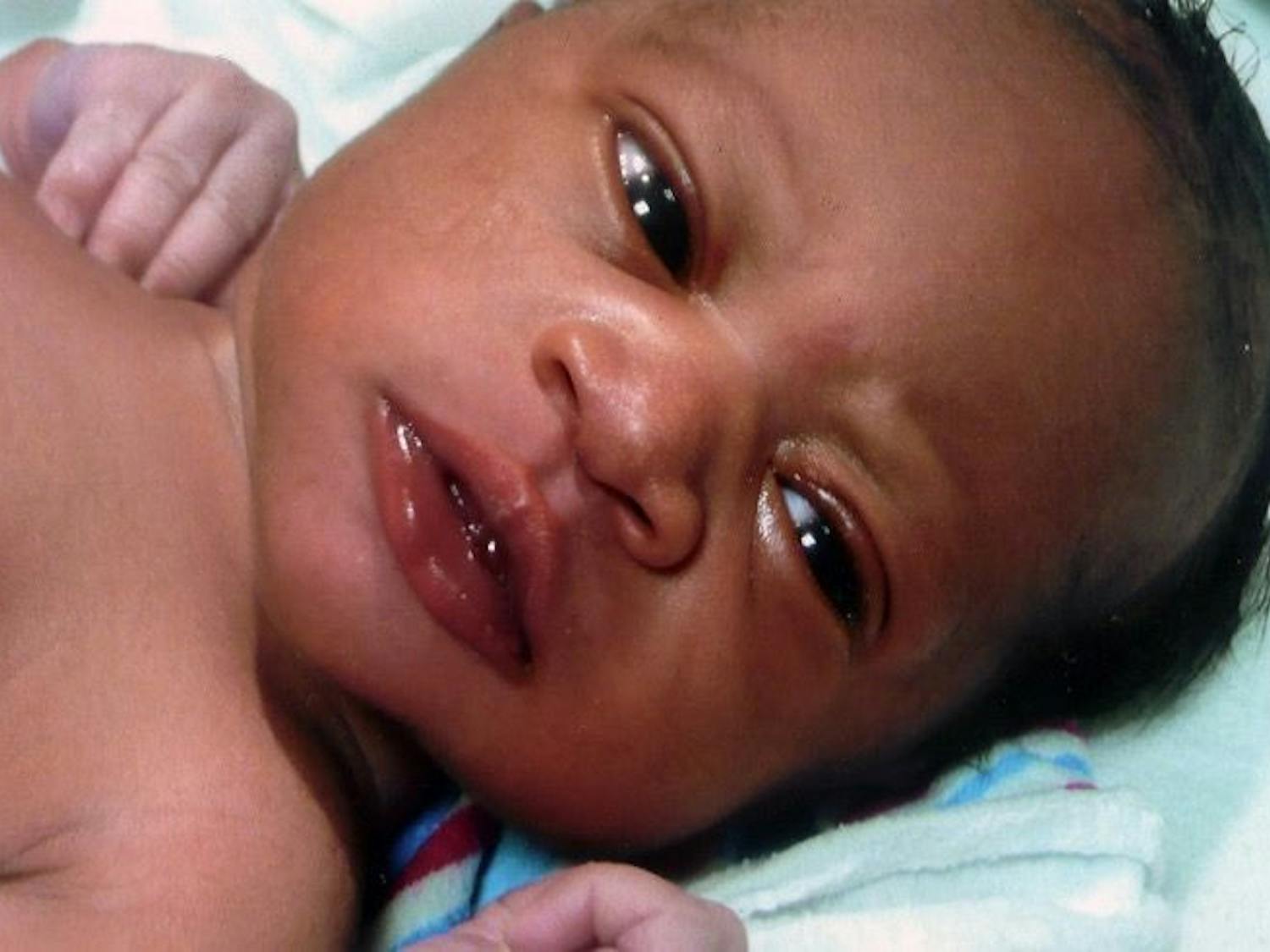As fall creeps into winter the days are growing shorter, colder and darker. It’s enough to put anyone in a bit of a funk, but for many people, it’s more serious than that.
According to the American Academy of Family Physicians, 4 to 6 percent of the United States suffers from winter depression, the most common form of seasonal affective disorder, or SAD. Another 10 to 20 percent of the population may have a milder form of SAD.
Characterized by many symptoms similar to depression, such as feelings of guilt, a loss of interest in enjoyable activities, and feelings of hopelessness, SAD is unique in that it corresponds with the changing seasons. Winter depression SAD, unsurprisingly, begins in the fall and peaks during the winter.
“You know, if you go home and it’s dark and you get up and go to work and it’s dark you just don’t get the amount of sunlight that you normally do,” said Phillip Bendall, the director of clinical services at Delta Medical Center in Memphis.
Bendall explained the lack of sunlight is most commonly thought to be the cause of winter depression SAD. That simple cause lends itself to an equally simple treatment—light therapy.
“Any source of light that simulates natural sunlight, like some of the so-called ‘grow lights’, is beneficial,” Bendall said. “The typical person sometimes spends about 30 minutes a day sitting in front of the source of light.”
While this helps many people with winter depression SAD, not everyone benefits from it, Bendall said.
“For those people, a temporary course of anti-depressant medication and maybe even some psychotherapy, in individual and group, is helpful,” Bendall said. “The symptoms of the depression are very similar to a depressive disorder and so the treatment for that is pretty much the same.”
Bendall is clear to explain that winter depression SAD is not the same as depression that may occur in relation to an event, such as the loss of a loved one, during the same seasonal period. That depression coincides with the triggering event and not with the seasonal period or lack of sunlight.
There is also no definitive evidence that people with other depressive or mood disorders are more or less likely to have SAD. Bendall said he has seen nothing “statistically significant” to prove any link.
“It’s almost like you may get it, you may not,” he said. “It doesn’t matter if you have had depression or not.”
There are a few factors that do matter, though.
Bendall said it has been proven that people who live further north are more likely to have SAD than those in southern regions.
The American Academy of Family Physicians reported in 2000 that SAD is 7 times more common in Washington State than in Florida.



